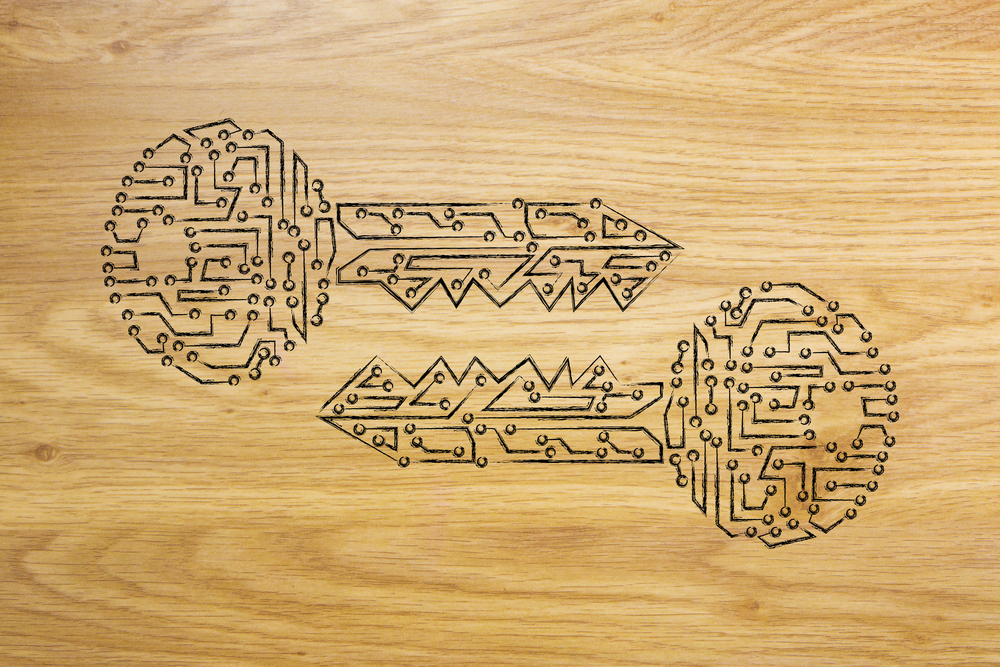Every bitcoin user knows the popular currency is based on cryptographic standards and technology. As a result, bitcoin developers can regularly introduce new features to make the currency more secure and attractive. Schnorr signatures is one particular cryptographic implementation that is of keen interest to bitcoin developers as of right now. Now would be a good time to take a closer look at what makes Schnorr signatures so appealing.
Schnorr Signatures Are Simple Yet Very Secure
Innovation is an integral part of making bitcoin more appealing and secure as time progresses. Now that Bitcoin Core developers have started the signaling process for Segregated Witness, it is a good time to look at what the future may hold for this popular cryptocurrency. One particular aspect that developers may want to implement moving forward goes by the name of Schnorr signatures, which offer quite a few significant improvements to the existing bitcoin protocol.
As most bitcoin users are well aware of, bitcoin uses a public and a private key for every address generated on the network. While both keys are mathematically linked, deriving a private key from a public key is virtually impossible. This private key is then used by the address user to prove ownership of funds associated with the wallet. To do so, a signature is created, which is a behind-the-scenes calculation of transaction data and the private key. As a result, one can determine the correct private key was used by looking at the address’ public key.
Schnorr signatures will change this process quite a bit. A lot of cryptography experts will gladly tell everyone how this type of digital signature is the better and more secure solution out there today. What makes them especially attractive to bitcoin is how Schnorr signatures do not suffer from malleability, and support multisignature addresses. Unfortunately, implementing Schnorr in bitcoin has been quite the challenge, until Segregated Witness appeared on the horizon.
Right now, the bitcoin network uses Elliptic Curve Digital Signature Algorithm to generate signatures. Since this technology is a key part of the bitcoin protocol, it would require a major hard fork to switch to Schnorr signatures. Because of Segregated Witness, that hard fork is no longer required, as all signature data is moved to a different part of every transaction. As a result, implementing Schnorr signatures becomes a very real possibility, assuming we will ever see the successful implementation of Segregated Witness as part of the bitcoin protocol.
Once Schnorr signatures are implemented as part of the bitcoin protocol, quite a few things will change. Transaction inputs will only require one signature to represent all individual signatures, which is a “convenience” and data improvement. Moreover, it also means only one signature is transmitted as part of a future network block, which effectively frees up block space to include more transactions. This would effectively allow bitcoin to scale properly without requiring a mandatory block size increase.
Perhaps the most important factor about Schnorr signatures is how they may improve existing privacy-centric solutions. Combined with the CoinJoin protocol, Schnorr signatures allow users to combine their transactions and signatures at the same time. This means the transaction size will be small compared to combining all individual transactions. As a side effect, a smaller transaction fee is achieved. In the end, there are plenty of reasons why Schnorr signatures are beneficial to bitcoin, although it remains to be seen if they will ever become part of the protocol.
If you liked this article, follow us on Twitter @themerklenews and make sure to subscribe to our newsletter to receive the latest bitcoin, cryptocurrency, and technology news.

